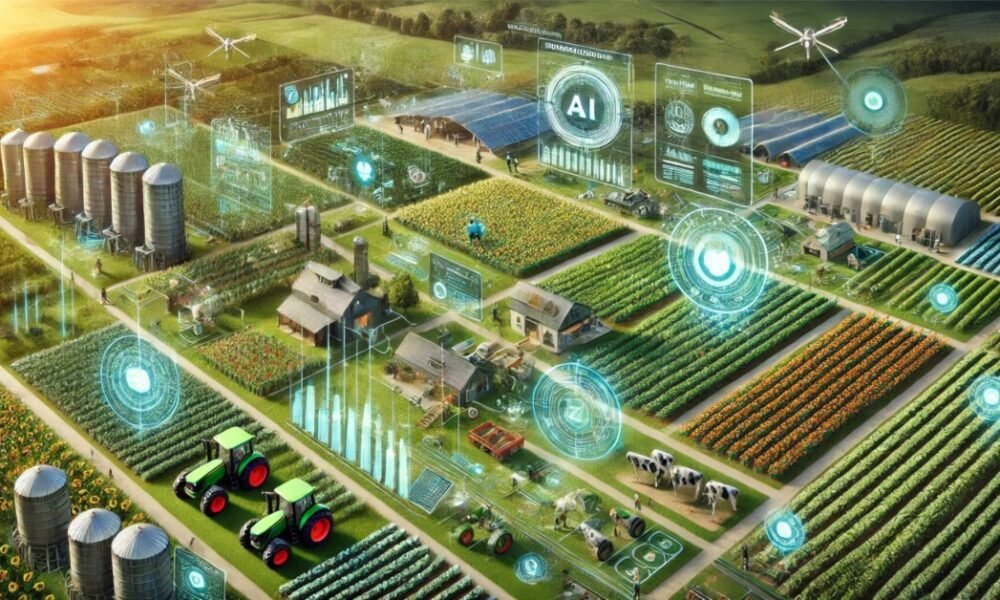Google Unveils Three Cutting-Edge AI Models
Google recently introduced three innovative AI models, showcasing the company’s commitment to advancing technology and the impressive progress of AI capabilities.
Leading the pack is the Gemini 1.5 Flash 8B, a compact yet powerful model designed for diverse multimodal tasks. With 8 billion parameters, this model proves that smaller can indeed be mighty in the world of AI.
The Flash 8B variant excels in handling high-volume tasks and long-context summarization, making it a valuable tool for quick data processing and information synthesis from lengthy documents.

Enhanced Gemini 1.5 Pro: Taking Performance to New Heights
The updated Gemini 1.5 Pro model builds on its predecessor’s success by offering superior performance across various benchmarks, particularly excelling in handling complex prompts and coding tasks.
Google’s advancements with the Gemini 1.5 Pro represent a significant leap forward in AI capabilities, catering to developers and businesses working on sophisticated language processing applications.
Improved Gemini 1.5 Flash: A Focus on Speed and Efficiency
Completing the trio is the updated Gemini 1.5 Flash model, showing significant performance enhancements across multiple benchmarks. Prioritizing speed and efficiency, this model is ideal for scalable AI solutions.
Google’s lineup of models reflects a diverse approach to AI technology, offering options tailored to various needs and applications, while pushing the boundaries of language processing.
Implications for Developers and AI Applications
Google has made these experimental models accessible through Google AI Studio and the Gemini API. Developers can leverage these models for high-volume data processing, long-context summarization, complex prompt handling, and advanced coding tasks.
By offering cutting-edge tools and gathering real-world feedback, Google aims to refine these models further for broader release.
Google’s Forward-Thinking AI Strategy
Google’s strategic approach focuses on developing high-capacity models and task-specific variants to cater to a wide range of AI applications. The company’s agile development cycle allows for rapid improvements based on user feedback.
Continuously expanding its AI offerings, Google solidifies its position in the AI landscape, competing with other tech giants in developing advanced language models and AI tools.
The Future of AI Technology
Google’s release of these experimental AI models signals a significant advancement in language processing technology, catering to diverse AI applications. By prioritizing user feedback and accessibility, Google accelerates the evolution of AI capabilities and strengthens its position in the competitive AI arena.
-
What are Google’s new experimental Gemini models?
Google’s new experimental Gemini models are a trio of AI systems designed to push the boundaries of machine learning. -
How do these Gemini models differ from other AI systems?
The Gemini models are specifically designed to prioritize safety and ethical considerations, leading to more responsible and trustworthy AI technology. -
Can I access and use the Gemini models for my own projects?
Unfortunately, the Gemini models are currently only available for research purposes and are not yet available for general public use. -
What kind of data was used to train the Gemini models?
Google used a diverse range of data sources to train the Gemini models, ensuring they are well-equipped to handle a variety of tasks and scenarios. - What potential applications do the Gemini models have in the future?
The Gemini models have the potential to revolutionize industries such as healthcare, finance, and transportation by offering more reliable and secure AI solutions.













